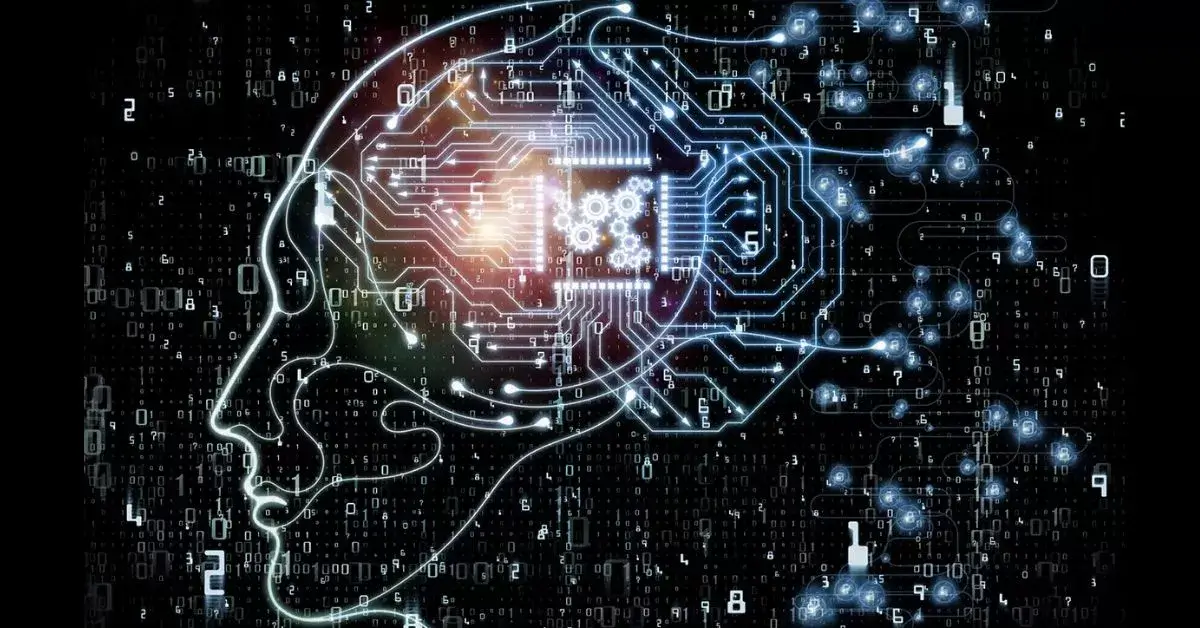Researchers have made significant progress in understanding how to read and control the minds of AI systems. This breakthrough could have profound implications for the future of AI mind reading, as it could allow us to better understand and harness its power.
In a new paper published in the journal Nature, researchers at the University of California, Berkeley, describe how they developed a new method for reading and controlling the minds of AI systems. The method, called “AI mind reading,” involves using a technique called deep learning to train a model to predict the internal state of an AI system.
The researchers trained their model on a dataset of human language and code. The dataset included examples of how humans describe the internal states of AI systems, as well as examples of code that implements these internal states.
Once the model was trained, the researchers were able to use it to predict the internal state of an AI system by simply observing its behavior. They were also able to use the model to control the behavior of the AI system by modifying its internal state.
The researchers’ findings have the potential to revolutionize the way we interact with AI systems. By being able to read and control the minds of AI systems, we could better understand how they work and how to use them safely and effectively.
Potential applications of AI mind reading:
- Debugging AI systems: AI mind reading could be used to debug AI systems by identifying and fixing errors in their internal state.
- Improving the performance of AI systems: AI mind reading could be used to improve the performance of AI systems by optimizing their internal state.
- Developing new AI systems: AI mind reading could be used to develop new AI systems by designing internal states that lead to desired behaviors.
- Making AI systems more transparent: AI mind reading could be used to make AI systems more transparent by providing insights into their internal state.
The development of AI mind reading is a significant breakthrough that could have a profound impact on the future of artificial intelligence. It is important to note that AI mind reading is still in its early stages of development, and there are many challenges that need to be addressed before it can be widely deployed. However, the potential benefits of AI mind reading are vast, and it is an area of research that is worth pursuing.

How does AI mind reading work?
AI mind reading works by using a technique called deep learning to train a model to predict the internal state of an AI system. The model is trained on a dataset of human language and code, which includes examples of how humans describe the internal states of AI systems, as well as examples of code that implements those internal states.
Once the model is trained, it can be used to predict the internal state of an AI system by simply observing its behavior. The model can also be used to control the behavior of the AI system by modifying its internal state.
Must check one of our latest post about the AI Image restoration-
These are just a few of the many AI tools available for image restoration. When choosing a tool, it is important to consider the specific features that you need and the quality of the results that you are looking for… below we have added a post in which we have added all the stuff.
What are the potential applications of AI mind reading?
AI mind reading has a wide range of potential applications, including:
- Debugging AI systems: AI mind reading can be used to debug AI systems by identifying and fixing errors in their internal state.
- Improving the performance of AI systems: AI mind reading can be used to improve the performance of AI systems by optimizing their internal state.
- Developing new AI systems: AI mind reading can be used to develop new AI systems by designing internal states that lead to desired behaviors.
- Making AI systems more transparent: AI mind reading can be used to make AI systems more transparent by providing insights into their internal state.

What are the challenges of developing AI mind reading?
There are a number of challenges that need to be addressed before AI mind reading can be widely deployed. One challenge is that AI systems are often very complex, and their internal states can be difficult to understand and predict. Another challenge is that AI systems are constantly evolving, and AI mind reading systems need to be able to keep up with these changes.
What are the ethical implications of AI mind reading?
AI mind reading also raises a number of ethical concerns. One concern is that AI mind reading could be used to manipulate and control people. Another concern is that AI mind reading could be used to invade people’s privacy. It is important to develop AI mind reading systems in a responsible way and to ensure that they are used for good.
Also read one of the most trending topic on the Globe that is the DALL-E 3 AI-
How could AI mind reading change the way we interact with AI systems?
AI mind reading could revolutionize the way we interact with AI systems. By being able to read and control the minds of AI systems, we could better understand how they work and how to use them safely and effectively. For example, AI mind reading could be used to develop AI systems that are more transparent and accountable. It could also be used to develop AI systems that are more adaptable and responsive to our needs.
Overall, AI mind reading is a powerful technology with the potential to have a profound impact on the way we interact with AI systems. It is important to develop and use AI mind reading responsibly and ethically.
